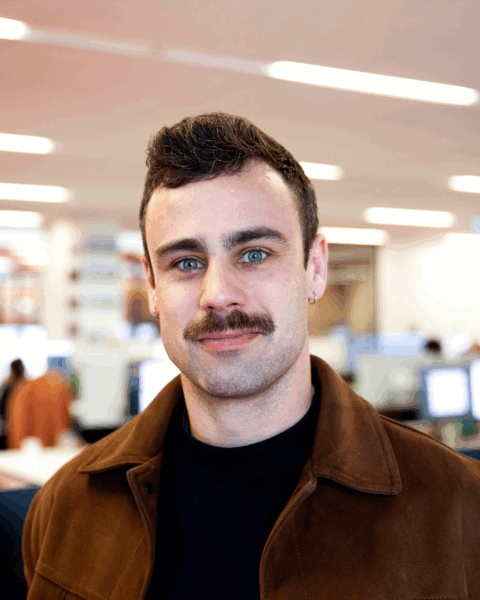Winners of the Paul Pholeros Living Environment Scholarship 2025
The PPF is excited to announce the two successful Scholars for 2025.
This year we broadened the reach of the Scholarship to include submissions from eligible Landscape Architects, to better reflect the importance Paul always placed on the interrelationship between the natural and built environments.
The recipients of the Paul Pholeros Living Environment Scholarships 2025 are Samuel Cannon and Matthew Tibballs, both from Melbourne.
Once again there was a variety of topics in the applications. As always we thank all who applied and we hope you will continue to pursue your passions. Please stay in touch!!

Samuel Cannon. From Landfill to Legacy. Seeding Landscapes of Cultural Renewal.
Samuel is a Landscape Architect who hails from Melbourne. Samuels’s study, “From Landfill to Legacy. Seeding Landscapes of Cultural Renewal” will explore how the practice of Landscape Architecture can empower local councils to proactively support, activate and accelerate new approaches in sustainable public space renewal.
He will investigate the intersection of landscape architecture, resource recovery and horticultural industries to explore potential frameworks for the structured rehabilitation of underutilised urban landscapes. Leveraging recent Australian innovations in textile recycling, the research will seek to develop a ‘kit of parts’ to enable scalable urban restoration projects from recovered textile resources. The resource will explore the use of seed mixes integrated into cellulose integrated groundcover to strengthen cultural identity and biodiversity toward ecologically net-positive public spaces.

Matthew Tibballs. The Promise Ring: Delivering Vibrant & Liveable Activity Centres for the SRL.
Matthew, an Architectural Graduate, is also based in Melbourne. His study “The Promise Ring: Delivering Vibrant and Liveable Activity Centres for the SRL” aims to provide a proactive framework for precinct planning with tangible design principles and urban strategies to ensure the Suburban Rail Loop in Melbourne becomes a legacy of enhanced liveability and not a symbol of missed opportunity.
Matthew believes the SRL presents a pivotal opportunity to transform and reshape Melbourne’s suburbs into dense and interconnected activity centres. That infrastructure projects like the SRL require a nuanced understanding of density, with investigations into how mid-rise and high-rise buildings can be integrated to achieve liveable and vibrant density around each activity centre. Considering Victoria’s acute housing crisis, Matthew’s study seeks to advance the debate beyond quantitative housing provision to explore the impacts (and potential) of mid-rise and high-rise towers within these areas.
